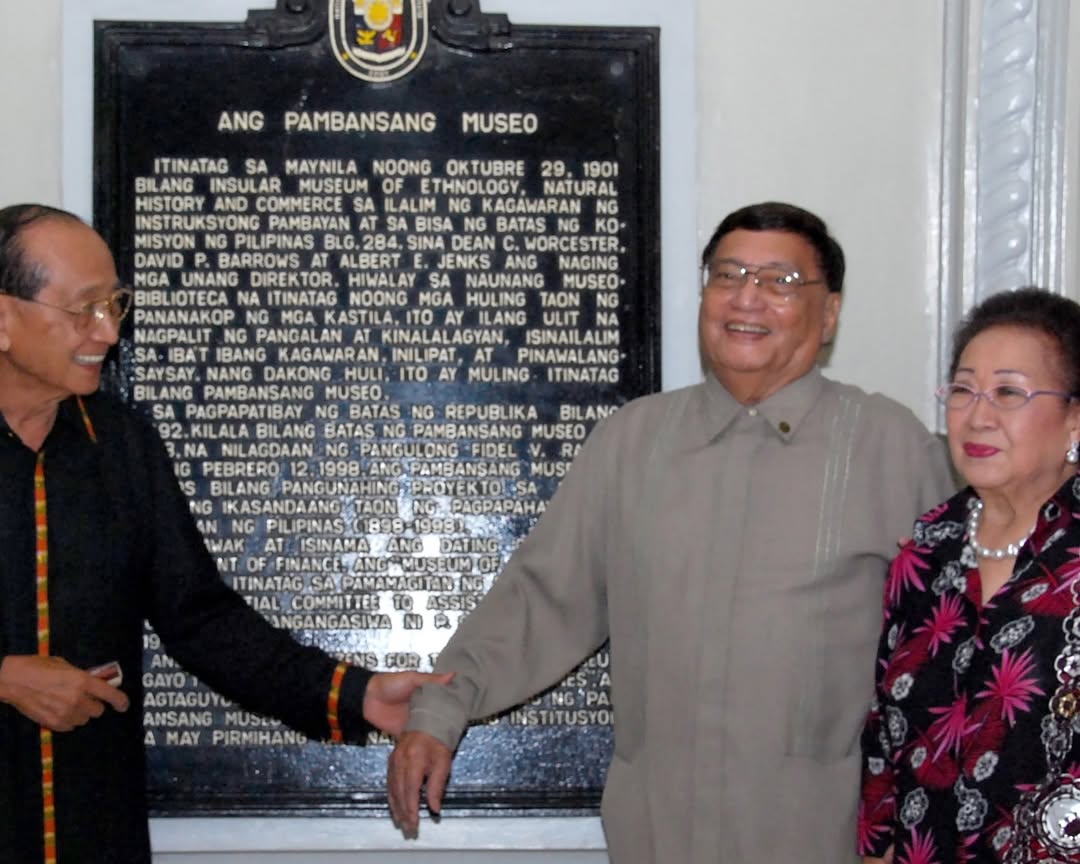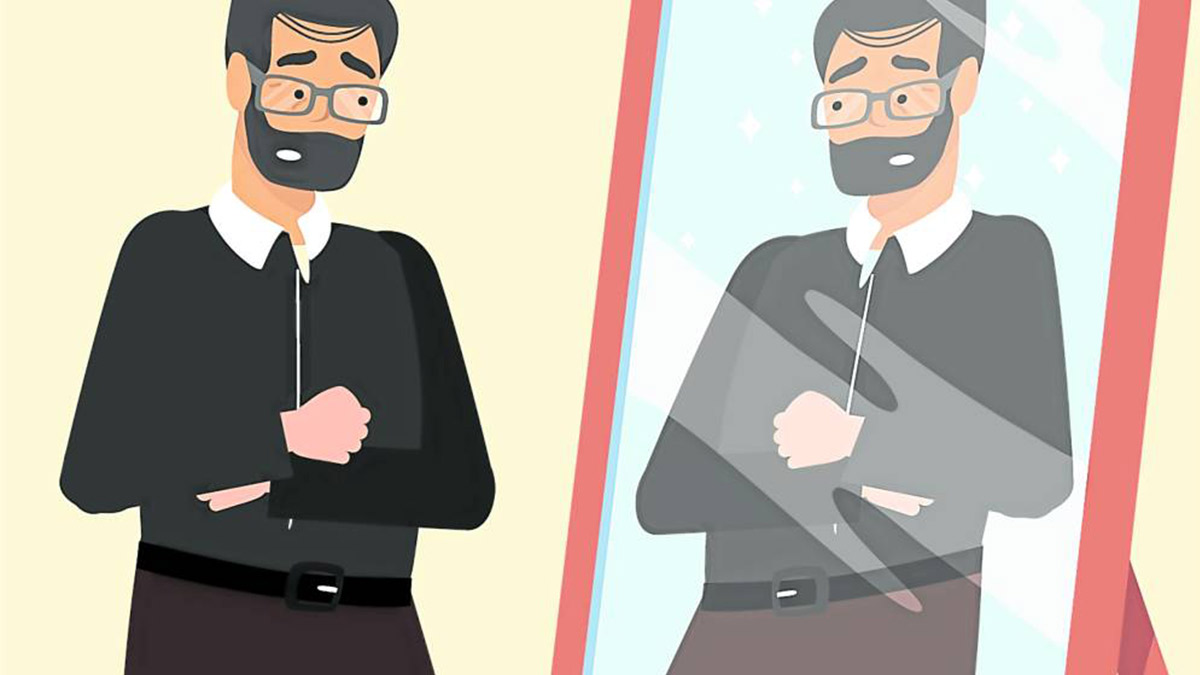![]()
According to the 2018 Philippine Statistics Authority (PSA) report, among the top 10 leading causes of death in the country are respiratory in nature—including pneumonia, respiratory tuberculosis, and chronic lower respiratory infections. Anyone with a compromised immune system are at high risk of contracting respiratory diseases such as pneumonia; particularly elderlies, diabetics, and patients undergoing dialysis.

And with the extreme or unexpected weather conditions we have these days in the Philippines, there’s one disease that’s always out there and ready to claim its victims—the common cold.
How the colds viruses go viral and how it affect us
The colds viruses, most commonly the rhinovirus, do not have the ability to reproduce on their own. They need a host to breed and propagate—and your respiratory cells are the ideal target. Upon latching onto the cell, the viruses force their genetic material into it, and trick it into creating copies of themselves.
This replication continues until the cell bursts. Then, the infection spreads onto the other cells and the same process takes place. Within 8 to 10 hours from the initial infection, the colds virus may have already created countless replica viruses.
As your antibodies kick in and try to fight the virus, different symptoms have already manifested within the next 12 hours. Within the day, you may have unwittingly spread the virus and infect other people, starting off with those you have frequent and close contact with.
The common cold is a highly contagious viral infection of your upper respiratory tract (nose and throat). The usual symptoms of the common cold include, but are not limited to, runny or stuffy nose, nonstop sneezing, itchy and watery eyes, mild headache, sore or scratchy throat, and low-grade fever.
The elderly, people with chronic illness or who are immunocompromised, long-time smokers, and the children below 6 years old are at greatest risk of contracting colds, though healthy adults can also have colds 2 to 3 times in a year.
An ounce of prevention is always better than a pound of cure

A cold virus enters the body through the eyes, mouth or nose, and it can spread through droplets in the air when someone infected with it sneezes or talks. It can also spread when you touch your eyes, mouth or nose after a physical contact with someone who has colds or after touching contaminated objects such as utensils, towels, toys, telephones, etc.
You might not be able to escape the threat of a cold virus but you can always do your part in slowing its spread and avoid infecting others by taking some precautions.
Clean your hands frequently and thoroughly with either soap and water or an alcohol-based hand sanitizer. Disinfect rooms and stuff that have been exposed to the virus. Cover your mouth when sneezing or coughing. Don’t share things or, better yet, stay as far away as possible from likely virus carriers. Take better care of yourself by eating nutritious food, getting exercise, plenty of rest and enough sleep, rehydrating, avoiding bad habits, and managing stress. Finally, stay clear of crowded places (malls, churches, airports, office, school, bus, etc) during the height of the cold weather diseases to avoid contamination or “hawa.”
Not all cold medicines are created equal
When you are already exposed to the virus, it is imperative that you take medication right away to ease the symptoms of the cold, to facilitate the swift restoration of your health, and to minimize the spread of the cold virus especially to your loved ones and the people you care most about.
There is a plethora of over-the-counter (OTC) medicines available in the market that can help with the different symptoms of the common cold. And for fast-action relief, Phenylephrine HCl + Chlorphenamine Maleate + Paracetamol (Neozep) helps secure “Iwas hawa, bilis ginhawa” in as fast as 15 minutes.
Phenylephrine HCl + Chlorphenamine Maleate + Paracetamol (Neozep) formulation is proven to help protect respiratory cells from the cold virus preventing it from further multiplying and treating your colds symptoms. And in turn, Phenylephrine HCl + Chlorphenamine Maleate + Paracetamol (Neozep) provides fast and complete relief from colds in as fast as 15 minutes and all its symptoms such as headache, fever, runny or clogged nose, sneezing, post nasal drip, itchy and watery eyes.
If you’re dreadfully allergic to “hawa,” you should know that the common cold is something that should not be taken lightly. At the first sign of a cold, take Phenylephrine HCl + Chlorphenamine Maleate + Paracetamol (Neozep), don’t wait any longer. INQUIRER.net BrandRoom/LA
Taken every 6 hours. This is not an anti-viral drug.
IF SYMPTOMS PERSIST, CONSULT YOUR DOCTOR.
![]()














































